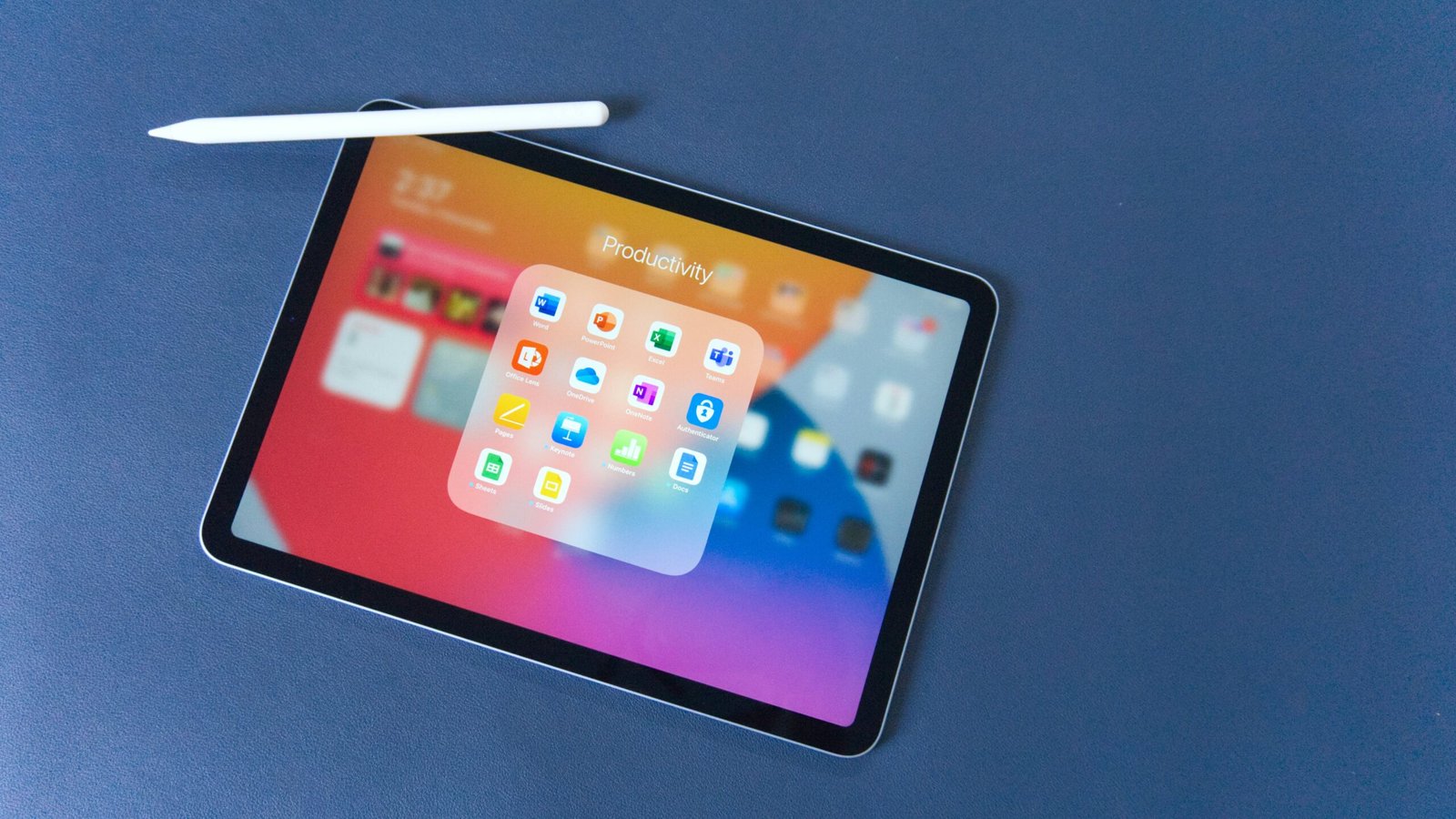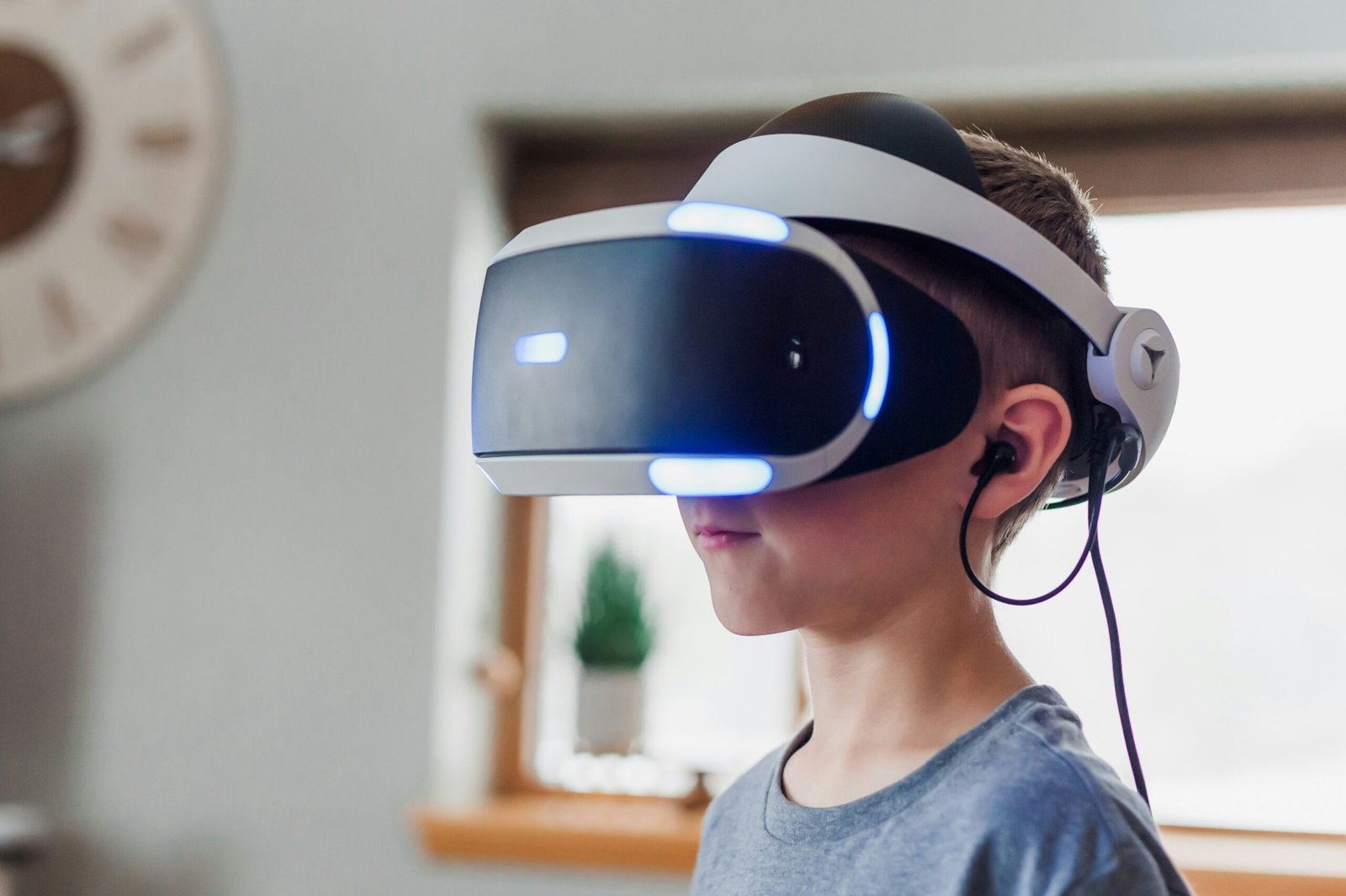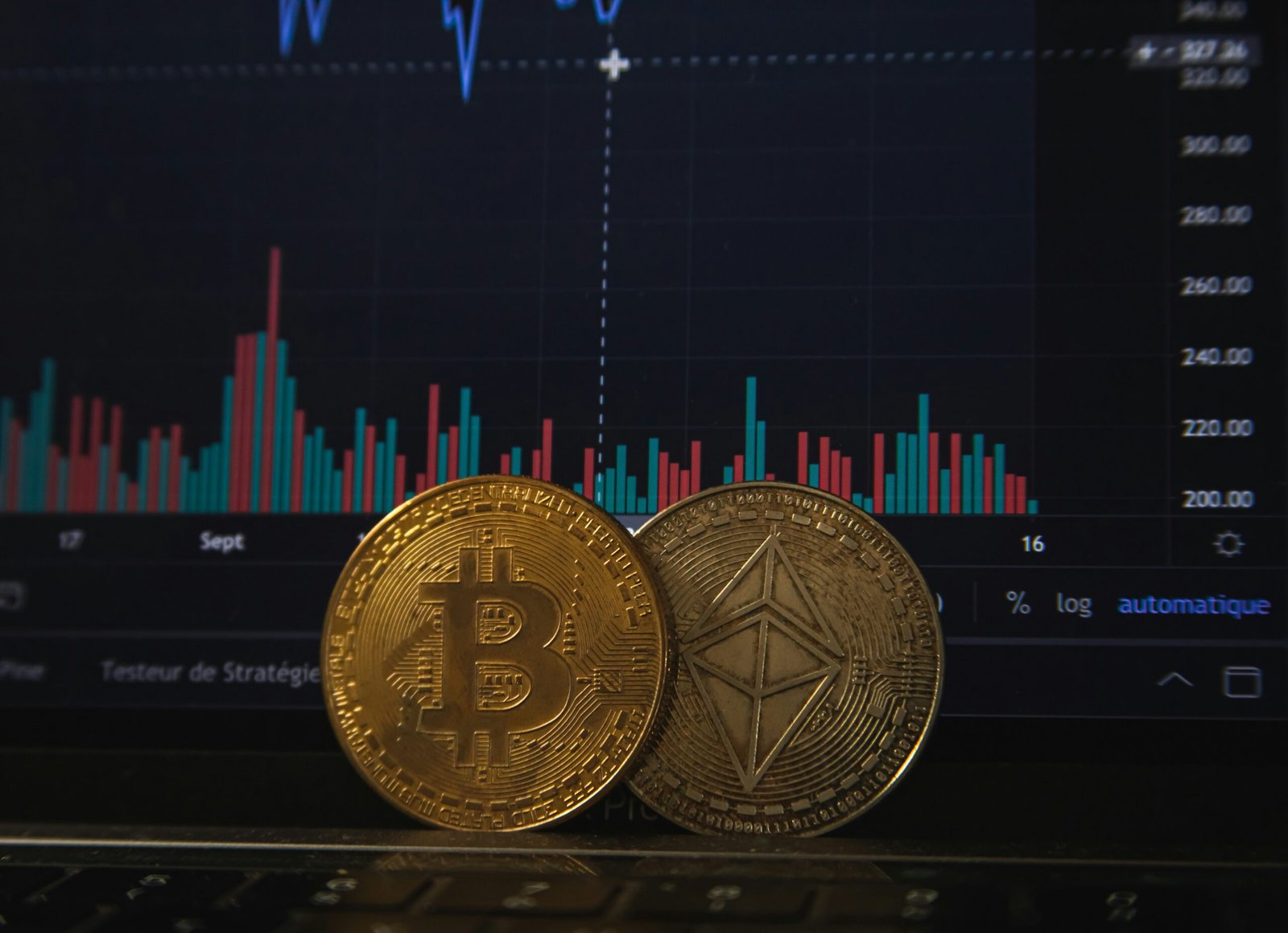The Internet of Things (IoT): Transforming Everyday Life

The Internet of Things (IoT): Transforming Everyday Life
The Internet of Things (IoT) has become a buzzword in recent years, and for good reason. With the rapid advancement of technology, everyday objects are now being connected to the internet, allowing for a seamless flow of information and communication. This has the potential to transform the way we live, work, and interact with the world around us.
What is the Internet of Things?
The Internet of Things refers to the network of physical devices, vehicles, appliances, and other objects that are embedded with sensors, software, and connectivity, enabling them to collect and exchange data. These devices can range from simple everyday objects like thermostats and light bulbs to more complex systems like self-driving cars and smart cities.
The key concept behind the Internet of Things is the ability for these devices to communicate with each other and with us, creating a network of interconnected devices that can work together to make our lives easier and more efficient.
How is the Internet of Things Transforming Everyday Life?
The Internet of Things has the potential to transform almost every aspect of our daily lives. Here are a few examples of how IoT is already making an impact:
1. Smart Homes
One of the most visible examples of IoT in action is the concept of a smart home. With IoT-enabled devices, homeowners can control their lights, thermostats, security systems, and even appliances from their smartphones or voice assistants. This not only adds convenience but also allows for more efficient energy usage and increased home security.
2. Healthcare
The healthcare industry is also benefiting from IoT technology. IoT devices can monitor patients’ vital signs remotely, allowing healthcare providers to track their health in real-time and intervene when necessary. This can lead to better patient outcomes and more efficient healthcare delivery.
3. Transportation
The transportation industry is being revolutionized by IoT. Connected cars can communicate with each other and with traffic infrastructure to optimize traffic flow and reduce accidents. Additionally, IoT technology is being used in logistics to track shipments and improve supply chain efficiency.
The Benefits and Challenges of the Internet of Things
While the Internet of Things offers numerous benefits, it also presents some challenges. Here are a few of each:
Benefits:
– Increased efficiency: IoT devices can automate tasks and streamline processes, leading to increased efficiency and productivity.
– Improved decision-making: The data collected by IoT devices can provide valuable insights that can help businesses and individuals make more informed decisions.
– Enhanced safety and security: IoT technology can be used to monitor and control security systems, making our homes and workplaces safer.
Challenges:
– Privacy concerns: With more devices collecting and transmitting data, there are valid concerns about privacy and data security.
– Interoperability: As the number of IoT devices increases, ensuring that they can communicate and work together seamlessly becomes a challenge.
– Scalability: As the IoT ecosystem grows, scaling the infrastructure to support the increasing number of devices becomes a challenge.
The Future of the Internet of Things
The Internet of Things is still in its early stages, and its full potential is yet to be realized. As technology continues to advance, we can expect to see even more integration of IoT devices into our everyday lives.
Some of the areas where IoT is expected to have a significant impact in the future include:
1. Smart Cities
IoT technology can be used to create smart cities, where infrastructure, transportation, and public services are interconnected and optimized for efficiency and sustainability.
2. Industrial IoT
The industrial sector is expected to benefit greatly from IoT technology. Connected factories and equipment can improve productivity, reduce downtime, and enable predictive maintenance.
3. Agriculture
IoT devices can be used in agriculture to monitor soil conditions, weather patterns, and crop health, allowing farmers to optimize their farming practices and increase yields.
Conclusion
The Internet of Things is transforming everyday life in ways we couldn’t have imagined just a few years ago. From smart homes to connected cars, IoT technology is making our lives more convenient, efficient, and secure. While there are challenges to overcome, the potential benefits of IoT are vast, and we can expect to see even more integration of IoT devices in the future.





